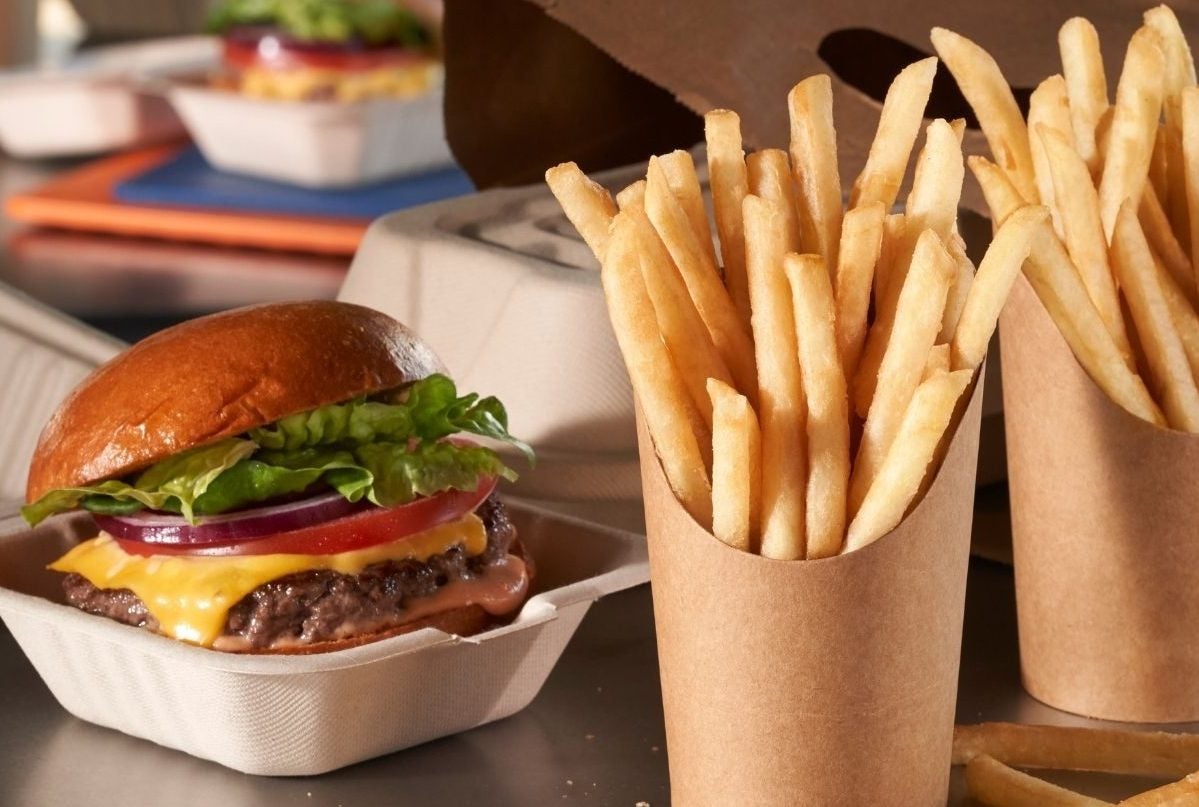
Lamb Weston Holdings was hit by an excess potato inventory write-down in the second quarter, which more than halved growth in a key profit metric.
The US-based frozen potato products supplier incurred total charges of $71m, of which $65m was booked into the cost of sales and $6m into equity investment earnings.
As a result, adjusted EBITDA grew 15% to $377m in the three months to 26 November. Excluding the charge, the metric increased 36% to $448m.
Discussing the results with analysts yesterday (4 January), president and CEO Tom Werner said Lamb Weston had overestimated the speed of recovery in consumer demand and consequently had overbooked contracted potato harvesting requirements.
Werner explained: “Per our agreements with our growers, we’re obligated to purchase all the potatoes grown on these contracted acres. However, our initial sales forecast has turned out to be more aggressive than our current estimate, reflecting recent restaurant traffic demand trends as consumers continue to absorb the cumulative effect of inflation.
“As a result, we have purchased more potatoes than we need to meet our current sales targets and have taken a charge to write-off the estimated excess.”

US Tariffs are shifting - will you react or anticipate?
Don’t let policy changes catch you off guard. Stay proactive with real-time data and expert analysis.
By GlobalDataHowever, he noted the frequency of eating out continues to improve in most markets outside of the US, particularly in China.
Despite the write-down, Lamb Weston reaped further sales benefits from the 2022 buyout of Lamb Weston-Meijer, the European joint venture in the Netherlands.
Sales for the fiscal 2024 second quarter rose 36% to $1.7bn, with a $375m contribution from the acquisition of the 50% share from Meijer Frozen Foods.
Nevertheless, volumes excluding that deal declined 6% due to Lamb Weston’s exit from lower-priced and lower-margin contracts with customers during the second half of the previous financial year.
“We remain confident that our volume trends will continue to improve in the back half of fiscal 2024 as we begin to lap and backfill exited volumes with higher-margin business,” Werner said.
Lamb Weston did see a 12% improvement in the price/mix component, which CFO Bernadette Madarieta explained was linked to “the inflation-driven pricing actions taken in fiscal 2023, along with the pricing actions taken this year in both our North America and international segments”.
She added that lost volumes from price increases “remain low” and volumes have improved from the first-quarter decline of 8%.
Inflation-related pressures on input costs also eased to mid-single digits, compared to high-single digits in the opening three months.
Lamb Weston, however, still expects volumes excluding the acquisition to be negative for the full 2024 fiscal year amid what Madarieta described as a “cautious view” with respect to the consumer.
Net sales guidance was maintained at $6.8-$7bn following the earlier upgrade in October from the $6.7bn to $6.9bn outlined last July.
The outlook for adjusted net income and adjusted diluted EPS was raised yesterday. In non-GAAP terms, the former is now seen at $830-$900m, compared to the October guide of $805-$875m.
Adjusted diluted EPS is expected at $5.70 to $6.15, versus $5.50 to $5.95 previously.
In the second quarter, adjusted net income rose 17% to $212m and EPS climbed 15% to $1.45.



